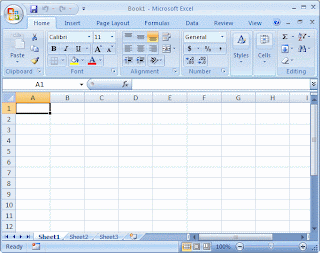To conduct this lab we needer a computer with the Logger Pro software, Lab Pro, motion detector, nine coffee filters, and a meter stick.
We are told that the force of drag increases with the velocity of an object. We will start by assuming the drag force, F(d), has a simple power law dependence on the speed given by
F(d) = k |v|^2 where the power n is to be determined by the experiment
Because the filters have large surface area and low mass, they will reach terminal speed soon after being released.
So to start the experiment we take 9 coffee filters and release them about 1.5 meters above the sensor and let it record the position vs time.
Then we use a Linear/Curve fit on the part of graph where it has reached terminal velocity to determine its value.
We average five readings of each trial. We then take one trial for eight coffee filters, one for seven coffee filters, and so on, all the way down to one coffee filter.
In Graphical Analysis, we made two columns for a data table. The first column was the packet weight (number of filters) and the average terminal speed (|v|) in the other. The packet weight was the y-axis vs terminal speed (not velocity) in the x-axis. Perform a power law fit of data and record the power, n, given by the computer. Then figure out the precen error.
Our (n) value was 2.21 and our precent error was 10.5%
Finally we had to take our equation F(d) = k |v|^n and compare it to what the books formula of drag.
our equation : F(d) = 1.39 (|v|)^2.21
book equation : F(d) = .25A(|v|)^2
We came within 10% of the actual value. The fit parameter represent the surface area of the coffee filter, in this case it was proportional to the weight and number of filters.
The first question asked by the lab was why is it important for the shape of the coffee filter to stay the same? Since the force of drag is proportional to the surface area, it is very important that the surface area is not decreased or else force of drag would decrease and the terminal velocity of the coffee filter will increase.
The second question asked by the lab was what should the position vs time graph look like. Well since the object is accelerating because of gravity, it will start with a concave down graph, until it reaches terminal velocity then it will have a straight line. Both parts will be negative because the coffee filters are going downward. The third question asked what should the slipe of the curve fit represent? As we stated earlier the slope represents the terminal velocity, because it is a straight line, that means acceleration is zero so the velocity is not changing. The major source of error could have come from pinching the coffee filters and making small dents in the surface area. Other places we could have found error was particles in the air or interference with the path of the radar. Also we could have error in selecting the area of curve fit.



































